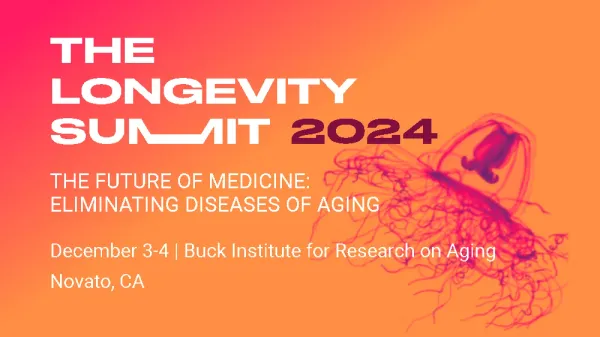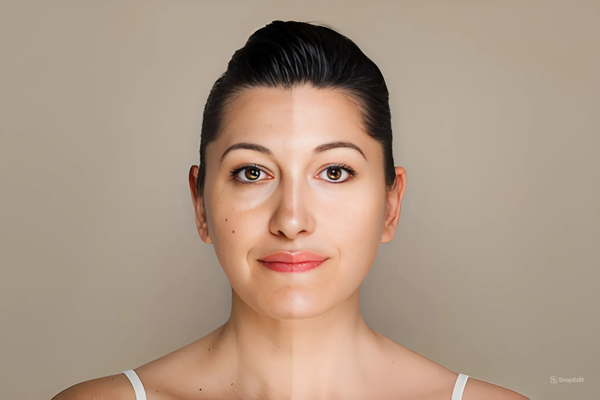Sunita Williams and Butch Wilmore Stranded in Space: Detailed Health Risks and Long-Term Implications
Sunita Williams and Butch Wilmore face serious health risks in space, including bone loss, cardiovascular strain, immune suppression, and radiation exposure, with potential long-term effects such as accelerated aging and cognitive decline.

As Sunita Williams and Butch Wilmore continue to be stranded in space, the prolonged exposure to the harsh conditions of the space environment presents a range of serious health risks. These dangers extend across physiological, neurological, and psychological domains, potentially leading to long-term and even irreversible effects. With no immediate end to their situation, it is crucial to understand the detailed health risks they face and the broader implications for their future well-being.
Bone Density Loss and Muscle Atrophy
One of the most immediate risks both astronauts face is the rapid deterioration of their bone and muscle health. In a microgravity environment, bones lose density because they are not subjected to the same mechanical stress they experience on Earth. This process, known as space-induced osteoporosis, results in the weakening of bones, which increases the likelihood of fractures. Studies have shown that astronauts can lose up to 1-2% of their bone mass per month during long-duration missions. Prolonged exposure without sufficient countermeasures may lead to severe bone degradation, making future recovery challenging.
Similarly, muscle atrophy occurs due to the absence of gravitational forces acting on the muscles. Over time, the muscles weaken significantly, reducing strength, endurance, and mobility. For Williams and Wilmore, extended time in microgravity could result in profound muscular weakening, potentially compromising their ability to perform even basic tasks.
Spaceflight-Associated Neuro-Ocular Syndrome (SANS)
Another significant risk for the astronauts is the development of Spaceflight-Associated Neuro-Ocular Syndrome (SANS). SANS is caused by fluid shifts in the body due to microgravity, which increase intracranial pressure and affect the optic nerve. This can result in vision problems such as blurring, flattening of the eyeball, and changes in the retina. Over time, these effects can lead to permanent vision impairment.
For Williams and Wilmore, the risk of SANS grows with each day spent in space. Their prolonged exposure to microgravity increases the chance of developing or worsening ocular issues, which could severely impact their ability to perform necessary tasks, particularly those requiring fine motor skills and visual precision.
Cardiovascular Complications
The cardiovascular system is heavily affected by microgravity. In space, bodily fluids shift upwards toward the head, which can increase the load on the heart and disrupt normal circulation. Over time, astronauts experience reduced blood volume, a decrease in the size of the heart muscle, and changes in vascular function. These shifts can lead to irregular heart rhythms, altered blood pressure regulation, and increased strain on the cardiovascular system.
For astronauts like Williams and Wilmore, extended exposure to these conditions can increase their risk of cardiovascular disease, including arrhythmias, heart valve issues, and arterial stiffness. The long-term effects of cardiovascular strain may persist after their return to Earth, posing a significant risk to their overall health.
Immune System Suppression and Reactivation of Latent Viruses
Prolonged exposure to microgravity can weaken the immune system, making astronauts more susceptible to infections. Research shows that spaceflight alters immune cell function, reducing the body’s ability to fight off pathogens. This weakened immune response can leave Williams and Wilmore vulnerable to bacterial and viral infections, which could become life-threatening in the isolated space environment.
Additionally, the reactivation of latent viruses is a known risk for astronauts on long-duration missions. Dormant viruses, such as the Epstein-Barr virus (EBV) and herpes simplex, can reactivate in space due to immune suppression. These viral reactivations could lead to a range of symptoms, from mild discomfort to severe illness, further complicating the astronauts’ health situation.
Radiation Exposure: Increased Cancer Risk and DNA Damage
One of the most critical long-term risks for Williams and Wilmore is exposure to cosmic radiation. Unlike on Earth, where the atmosphere provides a protective shield, astronauts in space are exposed to much higher levels of radiation from galactic cosmic rays (GCRs) and solar particle events (SPEs). This radiation can penetrate the body and cause damage at the cellular level, leading to DNA mutations, which increase the risk of cancer and other radiation-induced diseases.
Prolonged exposure to space radiation also accelerates cellular aging, increases the risk of cardiovascular and neurological diseases, and could cause long-term damage to tissues and organs. For Williams and Wilmore, the longer they remain stranded, the greater their cumulative exposure to these dangerous levels of radiation, heightening the risk of cancer, cataracts, and degenerative diseases later in life.
Circadian Rhythm Disruption and Sleep Deprivation
Space missions often lead to the disruption of astronauts’ natural circadian rhythms due to the absence of a regular light-dark cycle. On Earth, the body’s internal clock is synchronized to the 24-hour day-night cycle. However, in space, astronauts experience multiple sunrises and sunsets each day, which can lead to circadian misalignment and chronic sleep deprivation.
For Williams and Wilmore, disrupted circadian rhythms can result in fatigue, cognitive decline, and mood disturbances. Over time, sleep deprivation may impair their ability to focus, make decisions, and react to emergencies, which could have serious consequences given their current situation. Prolonged sleep disruption can also weaken the immune system, exacerbate cardiovascular problems, and increase stress levels.
Psychological Effects: Isolation, Stress, and Cognitive Decline
The psychological strain of being stranded in space for an extended period is a major concern. Astronauts are trained to cope with the mental challenges of spaceflight, but the prolonged isolation, confinement, and uncertainty surrounding their situation can lead to increased stress, anxiety, and depression. The confined space, lack of regular social interaction, and constant awareness of the dangers they face can exacerbate these mental health challenges.
Both astronauts may experience cognitive fatigue, emotional instability, and difficulties with decision-making as the psychological toll of their isolation grows. Research from long-duration missions has shown that extended periods of isolation can lead to irritability, mood swings, and even depression, all of which could hinder their ability to function effectively under stressful conditions.
Long-Term Health and Longevity Concerns
The combined effects of microgravity, radiation, immune suppression, and psychological stress raise significant concerns about the long-term health and longevity of both Williams and Wilmore. Prolonged exposure to these conditions may accelerate biological aging processes, such as muscle wasting, bone loss, and cognitive decline, leading to premature aging. Additionally, the increased risk of cancer and cardiovascular disease due to radiation exposure and cardiovascular strain could have lasting impacts on their health after their return to Earth.
These health risks, compounded by the duration of their stay in space, raise important questions about the long-term implications for their quality of life and life expectancy.
Conclusion: Significant Risks Under Prolonged Space Conditions
As Sunita Williams and Butch Wilmore remain stranded in space, the range and severity of health risks they face continue to grow. From musculoskeletal degradation and cardiovascular strain to immune suppression, radiation exposure, and psychological challenges, the threats to their immediate and long-term health are substantial. The situation presents a complex array of physical and mental challenges that will have significant implications for their well-being during and after their time in space. The full extent of these risks may not be realized until well after they return, but it is clear that prolonged space exposure has the potential to cause long-term, and potentially irreversible, damage to their health.
Sources
- Overbey, E.G., Kim, J., Tierney, B.T. et al. The Space Omics and Medical Atlas (SOMA) and international astronaut biobank. Nature 632, 1145–1154 (2024). https://doi.org/10.1038/s41586-024-07639-y
- Jones, C.W., Overbey, E.G., Lacombe, J. et al. Molecular and physiological changes in the SpaceX Inspiration4 civilian crew. Nature 632, 1155–1164 (2024). https://doi.org/10.1038/s41586-024-07648-x





